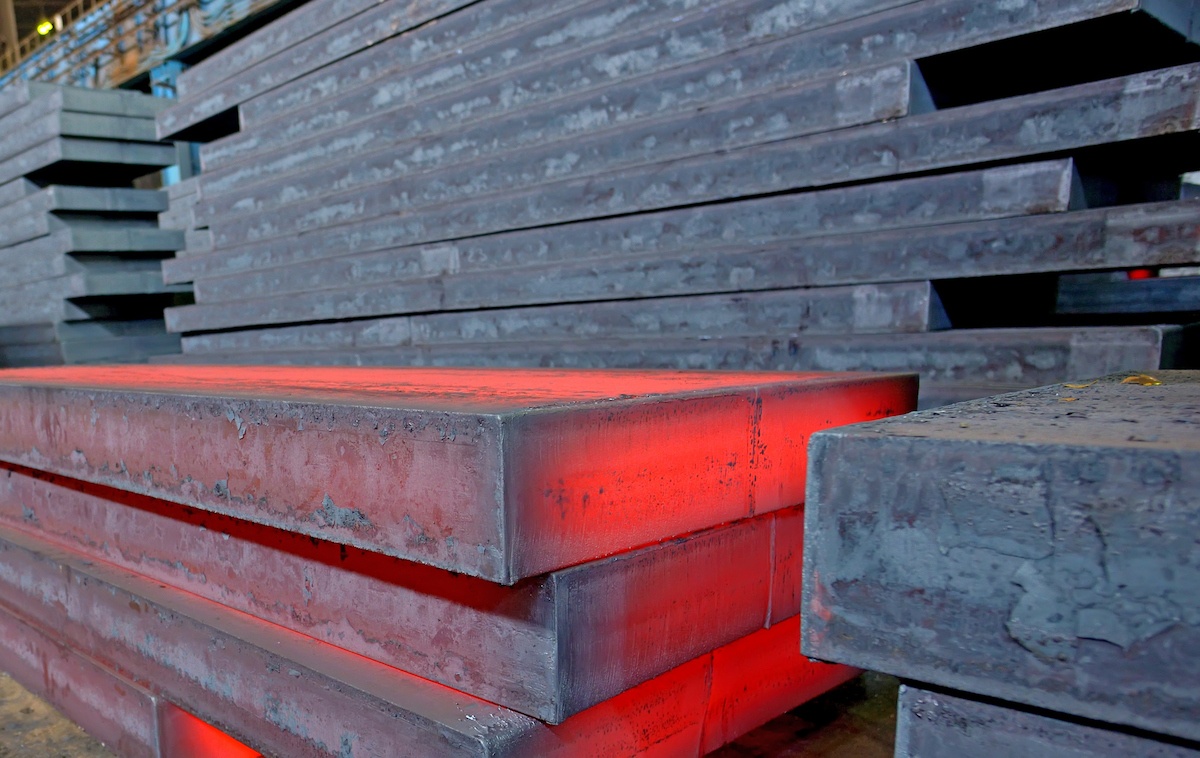The Definitive Guide for Temper or Tempering Ingredients - CraftyBaking

Tempering of cocoa butter and chocolate using minor lipidic for Beginners
In 1889, Sir William Chandler Roberts-Austen composed, "There is still a lot confusion in between the words "temper," "tempering," and "hardening," in the works of even distinguished authorities, that it is well to keep these old definitions thoroughly in mind. I shall use the word tempering in the exact same sense as softening." Terminology [edit] In metallurgy, one may encounter lots of terms that have very particular meanings within the field, however might appear rather unclear when seen from outside.
Some of the terms came across, and their particular meanings are: Strength: Resistance to long-term contortion and tearing. Strength, in metallurgy, is still a rather vague term, so is generally divided into yield strength (strength beyond which deformation becomes irreversible), tensile strength (the ultimate tearing strength), shear strength (resistance to transverse, or cutting forces), and compressive strength (resistance to elastic reducing under a load).

Home
Strength often increases as strength reduces, since a product that flexes is less most likely to break. Solidity: A surface's resistance to scratching, abrasion, or indentation. In standard metal alloys, there is a direct relation between indentation hardness and tensile strength, which relieves the measurement of the latter. Brittleness: Brittleness describes a product's propensity to break prior to flexing or deforming either elastically or plastically.
Not known Details About A Note About Tempering - Dandelion Chocolate bars
Plasticity: The capability to mold, bend or deform in a manner that does not spontaneously return to its initial shape. This is proportional to the ductility or malleability of the compound. Elasticity: Also called flexibility, this is the ability to warp, flex, compress, or stretch and go back to the original shape once the external tension is gotten rid of.
Impact resistance: Generally associated with high-strength toughness, it is the ability to withstand shock-loading with minimal deformation. Use resistance: Normally synonymous with firmness, this is resistance to erosion, ablation, spalling, or galling. Structural stability: The ability to withstand a maximum-rated load while withstanding fracture, resisting tiredness, and producing a very little quantity of flexing or deflection, to provide an optimum service life.
/GettyImages-1398330971-5ba3d1d646e0fb0057a4e084.jpg)
Tempering (metallurgy) - Wikipedia

Influence of Tempering Parameters on Microstructure, Mechanical Properties of Low-Alloy PM Steels - 2020-05-08 - Industrial Heating
Steel can be softened to a really flexible state through annealing, or it can be hardened to a state as difficult and fragile as glass by quenching. Nevertheless, in its hardened state, steel is usually far too fragile, lacking the fracture durability to be beneficial for many applications. View Details is a method utilized to reduce the firmness, consequently increasing the ductility of the satiated steel, to impart some springiness and malleability to the metal.

